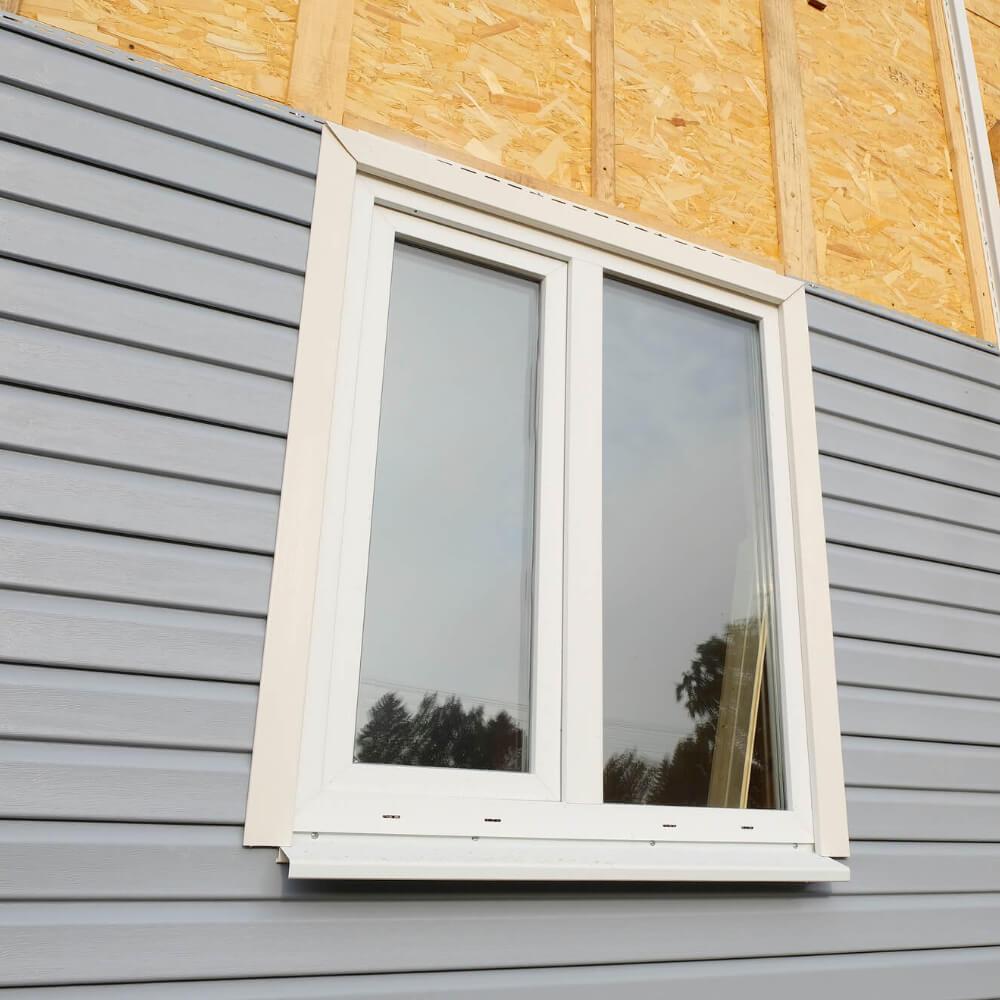

Fiber Cement Siding vs Vinyl: Which Is the Right Choice?
Want to revitalize your roof with renovations? Make sure you pick the right materials. Check out our guide to distinguish between fiber cement siding and vinyl siding.

The time has come to replace your home’s siding; It’s likely that a lot has changed since your last update. With all the latest options available, which is right for you? Vinyl siding is the most popular home siding, and since it’s inception in the 1960s, has evolved into a superior, cost-effective, and attractive option. Fiber cement is an alternative to wood, which is beloved for its durability, resistance to rot, and superior fire retardancy.
Choosing the right siding for your home is a critical decision that affects its appearance for years to come. Fortunately, we’ve compiled this guide to help you decide between fiber cement siding and vinyl siding.
Keep reading to learn the differences between them and which would be the best fit for you and your home.
Composition of Fiber Cement Siding vs Vinyl
Let’s break down the main differences between vinyl siding and fiber cement.
Fiber cement is created from a mix of wood pulp and Portland cement. It’s formed into long boards that closely resemble natural wood. The boards are affixed to your house directly with nails.
Vinyl siding is a thin plastic made from PVC. It’s formed into panels (or strips) that hang in your house, allowing it to expand and contract with changes in temperature.
Differences in Appearance
Your home’s siding contributes a great deal to its overall visual flair, so choosing a siding that matches the style and aesthetic of your home is important. So, how does vinyl siding differ in appearance from fiber cement siding?
It’s safe to say that there’s a larger selection of color and finish options available in vinyl siding, than in fiberboard. Vinyl siding can mimic wood boards, cedar shingles, or almost any other natural siding material. The color options are plentiful, with both light and dark colors available. Fiber cement board is designed to mimic wood, so your options are limited. But if it’s a wood-look that you’re seeking, you’ll find that fiber cement’s appearance is nearly identical. Despite options for fiber cement being limited, you can choose any color you’d like; It’s designed to be painted. And if you think you’d like to change the color of your house in the future, fiber cement is much easier to repaint than vinyl.
Durability
Overall, both fiber cement and vinyl siding are very durable options when it comes to housing siding.
Fiber cement is hard to the touch, but prone to chipping and cracking due to its cement-based contents. It’s also not impervious to water, and will absorb moisture, which can lead to problems down the line.
Vinyl siding is completely waterproof, resists chipping and cracking, and has superior impact resistance over fiber cement boards. It’s not completely impact-proof, though, and will puncture if hit hard enough.
Installation
If you’re installing the siding yourself, you’ll have a much easier time with vinyl. It’s lightweight, which makes handling much easier than fiber cement. There’s a trick to know when installing vinyl siding, though. It can’t be nailed tight against the house, or else it’ll warp/buckle as it tries to expand and contract with temperature changes. Vinyl must be hung with a gap in-between the house and the siding, and with overlap side-to-side. This allows for proper movement while your siding “breathes.” Fiber cement boards are long and heavy, and definitely require at least two people to install. Fiber cement also kicks off a lot of dust when cut, and exposing yourself to that can be a health risk. When the fiberboards are installed, they’re simply nailed tight to the house, so no tricks there.
Of course, the easiest method of siding installation is allowing the pros to handle it.
Fire Resistance
Building your home with fire-retardant materials helps protect both it and your belongings in the unfortunate event of a fire. When it comes to vinyl siding versus wood, vinyl will simply melt away, while the wood will fuel the flame. Fiber cement is also less flammable than wood, making both options a good choice for fire resistance.
However, when compared side-to-side, fiber cement is more fire-resistant than vinyl (and any other housing siding material for that matter).
Given vinyl siding’s plastic composition, it’s susceptible to melting when exposed to high heat. Long-term sun exposure in this temperature can cause vinyl to warp. A BBQ grill placed too close to the house can easily melt or discolor your vinyl siding.
Which is Easier to Maintain?
When it comes down to the maintenance of vinyl versus fiber cement siding, vinyl is the clear winner. That is, unless you like spending your time and money on siding maintenance. Because of fiber cement’s porous nature, it requires painting immediately upon installation. You can buy pre-painted boards, but your color options may be limited. Fiber cement must also be caulked in every corner and seam to prevent water from seeping between the boards. Over time, your paint will fade and the caulk will dry out and crack. This leaves your house as both looking lackluster and completely open to the elements. Regular repainting and recaulking will be required to maintain your fiber board’s integrity and appearance. On the other hand, vinyl siding can be cleaned with nothing more than a garden hose and soapy brush. Simply washing your siding every once in a while will maintain its original luster.
Deciding on Siding?
When comparing fiber cement siding to vinyl, both have their strengths and are an excellent choice. When making your final decision, consider the overall style and appearance you want your house to have. Also, consider the durability and maintenance required to keep your siding in tip-top shape.
If you have any questions, give us a call at 402-616-7304, and we will be happy to help you figure out which siding is right for you.